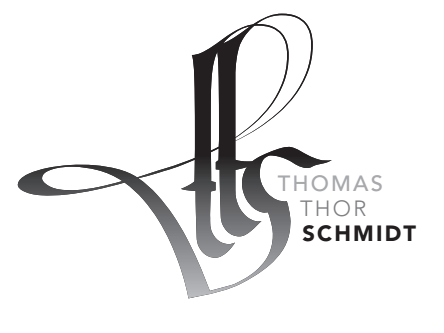Here’s some thoughts from my sermon prep on 2 Peter 1:12-21. In particular, it is worth considering what this passage has to teach us on the transfiguration of Jesus.
-I believe this passage is best broken up into 3 parts: 12-15; 16-18; 19-21. In 12-15, Peter tells us why he is writing the letter—to remind his readers of things of Christ before he dies. In 16-21 Peter gives two reasons to bolster the confidence a Christian can have in the TRUTH of the gospel: 1. That Peter (and John and James) were eyewitnesses of the transfiguration, which confirms the truth about who Jesus is and his coming (16-18); 2. The Scriptures are inspired by the Holy Spirit, have been confirmed more fully through Christ’s ministry, transfiguration, and person (19-21).
-The burden of this passage is to increase our confidence in the truthfulness of the Christian gospel. We see this in the use terms “truth” (12) and “myth” (16). Peter informs us that he writing to a group who already are established in the truth, but could use the reminder before he dies (12-15). Peter states that they (the apostles) didn’t follow “cleverly devised myths” but were eyewitnesses of Christ’s transfiguration and he, along with all Christians, possess the “prophetic word more fully confirmed.” These items—the eyewitness of the apostles and the OT writings—show that it is right to believe that the gospel is true.
-This passage fits within Peter’s overarching aim of protecting his readers from the error of false teaching and helping them grow in the grace and knowledge of Christ. His readers are facing false teaching, teaching that would cause one to question the truth of the gospel. Peter assures us that we already have the truth and that this truth is confirmed by the eyewitness testimony of Peter and the OT which has been confirmed by the fulfillment of prophecy.
-This passage fills in the relevance of the transfiguration. I think and often wonder, ‘Why does the transfiguration matter?’ Here we understand a bit more why it matters. It matters because at the transfiguration, Jesus was seen in all his glory and splendor, the glory and splendor he will possess when he coming back. The transfiguration is a foretaste of the majesty and splendor king Jesus will have when he returns.
–The means of ‘stirring up Christians’ is by ‘way of reminder.’ It is by remembering the glorious truths of who God is and what God has done and what God has called us to that we might be ‘stirred up’ from the spiritual lethargy and slumber we slip into. We don’t need some kind of mystical experience or charismatic teacher, but a reminder of the wonderful truths of the gospel. The problem is never in God or the glorious truth of who He is, it is always us and in our propensity to settle for garbage instead of God (Lewis analogy of boy who prefers making mudpies on the beach when a vacation at sea is offered to Him)
-THE UNIQUE CONTRIBUTION OF THIS PASSAGE TO THE MESSAGE OF 2 PETER AND THE CANON. 2 Peter: Here Peter is further solidifying his argument that the apostolic gospel is trustworthy, as evidenced by the fact that Peter is an eyewitness of Jesus’ transfiguration and the OT (prophetic word). WHOLE CANON: I think we get a better insight into the meaning and relevance of the transfiguration than anywhere else. We see that it is an event where Jesus “received honor and glory from God the Father,” and it is used as Peter for an important event that took place which confirms the truth of Jesus’ message. Peter says, you can trust what you heard from us about the coming of Christ for we saw the transfiguration took place! But why does witnessing the transfiguration mean one’s words about the coming of Jesus should be trusted? It is because Peter saw a glimpse of the ‘majesty’ of king Jesus as he will look like when he come back in glory! Peter has already seen what Jesus will look like when he comes back, which bolsters the confidence we can have that Jesus really is coming back as a glorious king (with angels and his people).
